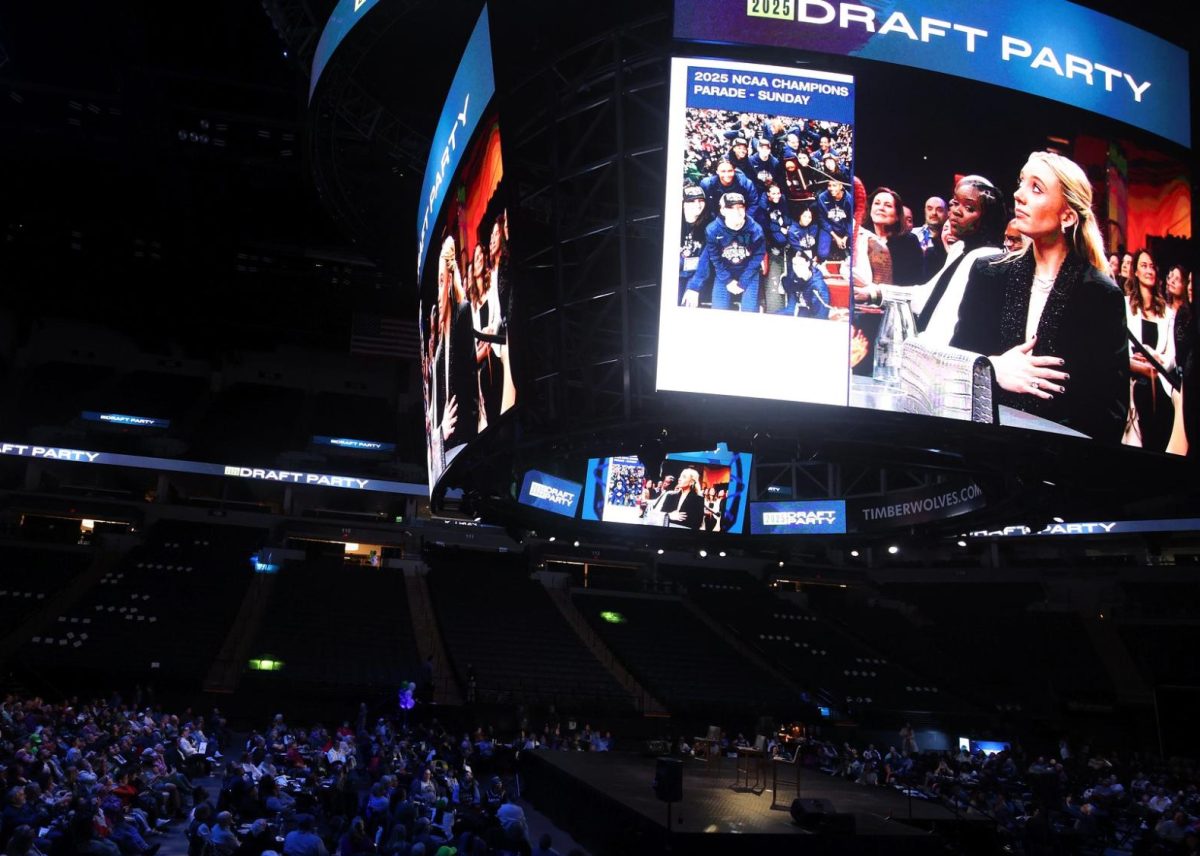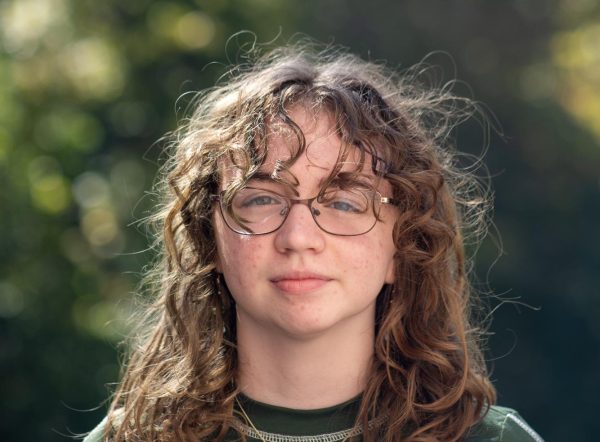“Owl House,” “Warrior Nun,” “First Kill,” “I Am Not Okay with This,” and so many more. The television industry has been releasing many shows featuring prominent LGBTQ+ characters. And then canceling them. Many reasons are given – financial incentives, viewer count, etc – but ultimately these cancellations have left many fans and show creators devastated.
Many fans have been left to wonder whether popular streaming platforms are canceling shows because of their LGBTQ+ characters. Platforms Netflix and Disney+ champion themselves as sources of representation, but do they actually care about the viewers they are representing? While this may seem like a conspiracy, there is some truth to it.
A report published by GLAAD (The Gay and Lesbian Alliance Against Defamation) revealed that 36% of the LGBTQ+ characters accounted for in the report would not be included in the following measurement period because of the show being canceled or ending, the characters dying, or the character leaving the show. Of Netflix’s 155 LGBTQ characters, 59 won’t return next year.
Overall, Netflix’s main argument for show cancellation is budget issues. This rationale was used for shows like “Shadow and Bone,” whose cancellation in November 2023 upset its large fanbase. However, inn its first week on Netflix, the show garnered 721 million minutes of viewing time and placed second among original series in Nielson’s National Streaming Report.
That number was later broken by the second season, placed 26th alongside popular shows like Wednesday and the Night Agent. But despite their 89% critics score on review company Rotten Tomatoes, the show spent a shocking $3 and $5 million per episode, an amount even its popularity could not justify.
Additionally, queer show “Teenage Bounty Hunters,” was canceled just a couple of months after its release, supposedly due to low viewer counts. T While the show had a 13-day run on Netflix’s top 10 chart, peaking at number three, it did not chart as well in other countries. For example, in the UK it only managed to get to the eighth spot and stayed on the charts for three days.
On the other hand, there are shows like “Half Bad: The Bastard Son and The Devil Himself,” a supernatural show with a surprising romance between two male characters, that was in the top ten most watched shows on Netflix in over 70 countries, but was still canceled for unknown reasons.
There’s also a distinct lack of marketing when it comes to LGBTQ shows. Disney’s movie “Strange World, ” which contained Disney’s first openly gay teen animated character, was sparsely promoted. The failure to market the movie lost Disney $197 million, worse than any other Hollywood film in 2022. It’s not difficult to make the same connection between the political backlash of including an openly gay character, and the lack of marketing for the show.
What’s more, broadcast TV, is at its lowest LGBTQ representation rate since 2017. Cable TV has 45 percent fewer LGBTQ characters than last year, and 40 of its total 77 characters will not be returning.
LGBTQ+ people deserve to see characters in the media that do not end prematurely. These shows allow members of the LGBTQ+ community to feel seen, and to feel normal in a world that tells them they aren’t.
It’s fantastic that some shows get the opportunity to have their stories told, like “Riverdale” or “Grey’s Anatomy,” but others should not be canceled after two months of viewership, only to be later taken off Netflix forever.
We can not afford to let queer stories fade into the background again. However,there is something that can be done about it. Whether you identify as part of the LGBTQ+ community or not, consuming media that portrays various identities is always good. It offers new perspectives on life and supports marginalized communities while getting to enjoy art that is just as good as movies and shows without representation.
Although high viewership is not a guarantee of renewal,, there are cases where fans managed to revive canceled shows. An example of this would be “The Owl House,” which made several special episodes after its cancellation at the request of fans. Another example would be “Warrior Nun,” which, following a petition, is set to be continued in a movie trilogy.
Everyone deserves to see themselves on a TV screen. If streaming services such as Netflix and Disney+ aren’t willing to let that happen unless they get enough viewers,allies and LGBTQ+ community members should work together to make sure that good shows portraying queer stories are shared and watched by many. The fight for inclusive storytelling won’t end until every character’s story is told.
By Jeremy Loko and Mahina Diaz-Asper


































































